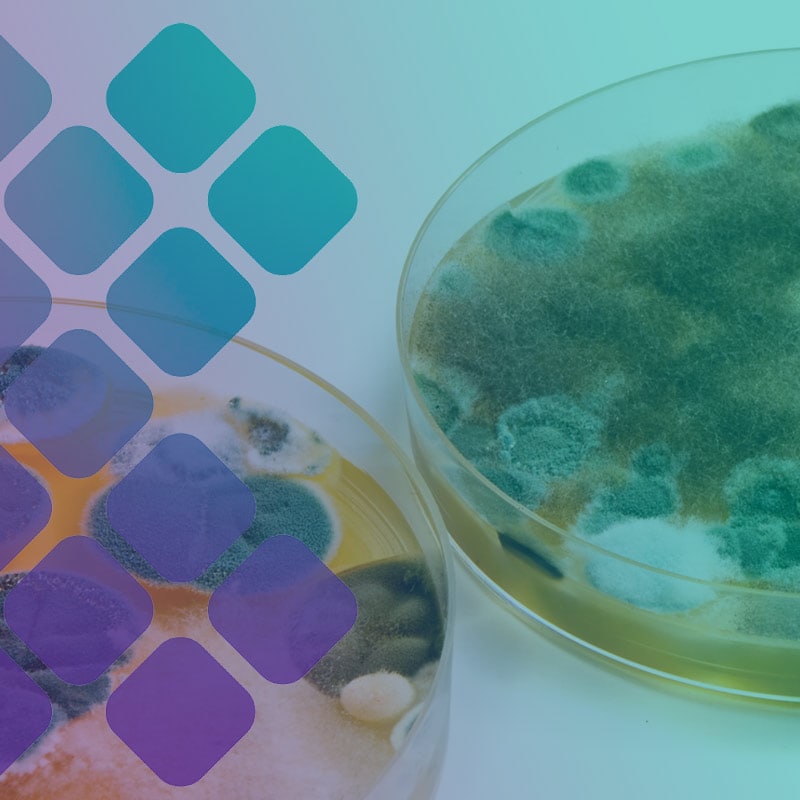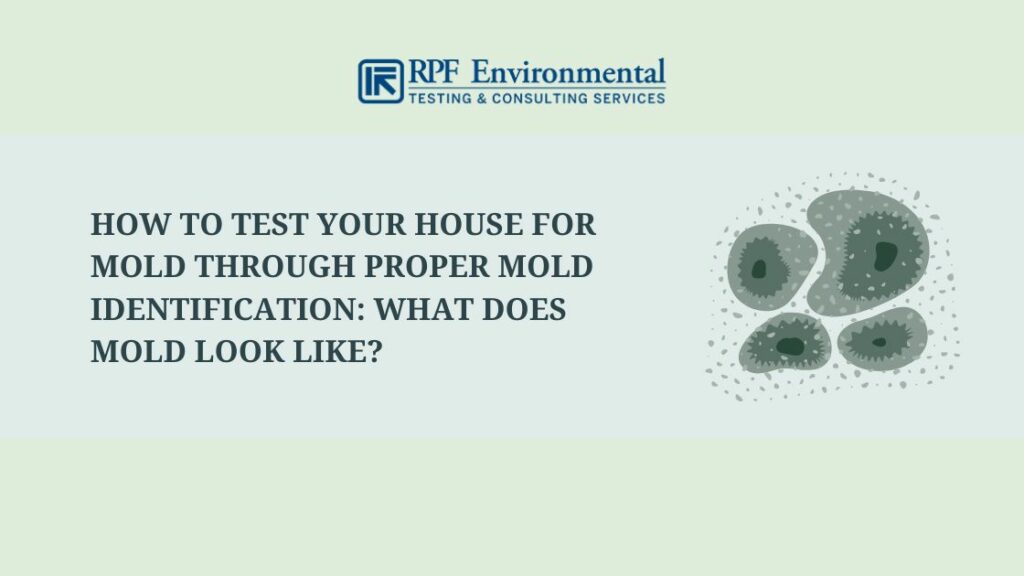Mycotoxin testing Services: A Secret Component in Threat Administration Strategies
Mycotoxin testing Services: A Secret Component in Threat Administration Strategies
Blog Article
Why Mycotoxin Screening Services Are Crucial for Protecting Public Wellness
The significance of mycotoxin testing solutions in safeguarding public health and wellness can not be overemphasized. Mycotoxins, harmful substances produced by fungi, present severe wellness dangers such as liver damages and cancer when present in food and feed. By determining and reducing these threats with routine testing, we can stop infected items from reaching customers. This not only ensures compliance with stringent regulative standards however also strengthens consumer confidence and keeps the integrity of the farming sector. Comprehending the mechanisms and advantages of these testing services opens a crucial conversation about their role in public health protection.
Recognizing Mycotoxins
Understanding mycotoxins is essential for making certain food safety and safeguarding public wellness. Mycotoxins are hazardous compounds generated by certain kinds of fungi, commonly located in food and feed crops.
The visibility of mycotoxins in foods can compromise their safety and security and top quality. They are resistant to conventional food handling methods, thus continuing the food supply chain and posturing prospective dangers. Regulatory bodies worldwide, such as the Food and Farming Company (FAO) and the World Wellness Organization (THAT), have actually established rigid limits on appropriate levels of mycotoxins in food to minimize their unfavorable effects.
Efficient mycotoxin monitoring includes extensive monitoring and testing to detect and evaluate their levels in agricultural items. This proactive technique helps in identifying polluted sets early, thereby avoiding their intro right into the marketplace. Executing rigid mycotoxin controls is essential for preserving food security criteria and safeguarding consumer health and wellness.
Wellness Threats of Mycotoxins

Exposure to mycotoxins poses significant health risks to both animals and human beings, necessitating attentive monitoring and control procedures. These harmful additional metabolites, generated by certain fungi, can infect food and feed, resulting in chronic and severe wellness concerns. In people, mycotoxins such as fumonisins, ochratoxins, and aflatoxins can trigger a range of negative results, consisting of liver damage, kidney toxicity, immune suppression, and also carcinogenic effects. Aflatoxins have been identified as Group 1 health hazards by the International Agency for Study on Cancer (IARC), showing a tested web link to liver cancer.

Given these serious health and wellness effects, it is important to apply robust mycotoxin screening protocols. Exact detection and quantification of mycotoxins in food and feed are important to minimize health threats and ensure animal and public safety.
Usual Resources of Contamination

In enhancement to grains, nuts such as pistachios, almonds, and peanuts are highly vulnerable to mycotoxin contamination. Aflatoxins, a powerful type of mycotoxin, are commonly located in these nuts, especially when storage space conditions are suboptimal. Dried out fruits, consisting of apricots, figs, and raisins, additionally present fertile premises for fungal growth due to their high sugar web content and moisture-retaining homes.
Additionally, contamination is not restricted to raw agricultural products. Processed foods, pet feeds, he said and dairy products can likewise have mycotoxins if the preliminary active ingredients were polluted. This extends the threat of exposure throughout the food supply chain, requiring strict tracking and control steps.
Understanding the typical resources of mycotoxin contamination is essential for executing efficient preventative approaches. Minimizing these risks at the source can considerably minimize the occurrence of mycotoxin-related wellness concerns, safeguarding public health.
Testing Techniques and Procedures
Advanced analytical methods are utilized to identify and quantify mycotoxins in various substrates, guaranteeing public health and wellness safety and security. High-Performance Fluid Chromatography (HPLC) paired with mass spectrometry (MS) is a gold standard in mycotoxin testing, delivering high sensitivity and specificity.
Another commonly utilized technique is Enzyme-Linked Immunosorbent Assay (ELISA), which supplies rapid testing and is cost-efficient for big sample volumes - Mycotoxin testing Services. ELISA kits are advantageous as a result of their simplicity of usage and quick turn-around time, making them appropriate for on-site testing
Sampling methods are similarly vital. Proper sampling makes certain that the accumulated samplings are depictive of the entire batch, therefore decreasing the threat of false downsides or positives. Adherence to developed guidelines, such as those given by the International Company for Standardization (ISO) and the European Board for Standardization (CEN), is crucial for maintaining consistency and reliability across testing practices.
Rigorous recognition of these protocols and techniques is important. It ensures reproducibility and accuracy, thereby fortifying the honesty of mycotoxin management systems.

Benefits of Regular Testing
In the world of food safety and security and farming quality assurance, the advantages of routine mycotoxin testing can not be overemphasized. Consistent screening makes sure that agricultural items meet safety criteria, consequently safeguarding this consumers from the damaging impacts of mycotoxins, that include liver damage, immune reductions, and also cancer. By identifying infected sets early, normal screening permits timely intervention, protecting against such items from getting in the food cycle.
Additionally, routine mycotoxin testing is essential for keeping the stability and online reputation of food producers and providers. Companies that commit to normal screening show their commitment to public health and food safety and security, consequently gaining consumer trust fund and commitment. This aggressive method can also minimize monetary losses connected with product remembers, legal responsibilities, and potential profession constraints.
Furthermore, regulatory conformity is a substantial element of the farming industry. Normal mycotoxin testing makes certain adherence to nationwide and worldwide guidelines, assisting in smooth profession procedures and market access. This is especially critical for exporters who need to fulfill stringent security criteria enforced by importing nations. Ultimately, regular mycotoxin testing not only protects public health but also strengthens the financial stability and global competitiveness of the agricultural industry.
Final Thought
Mycotoxin screening solutions play a critical role in public health security by recognizing and mitigating the threats posed by poisonous fungal substances in food and feed. By spotting contamination early, these solutions protect against significant health and wellness issues such as liver damages and cancer, ensuring conformity with regulatory criteria. Routine testing boosts consumer trust, sustains the stability of the agricultural sector, and inevitably adds to the guarding of food safety and security and public wellness.
The value of mycotoxin screening solutions in protecting public wellness can not be overemphasized.Comprehending mycotoxins is crucial for ensuring food safety and safeguarding public health. Mycotoxin testing Services. Regulatory bodies worldwide, such as the Food and Farming Company (FAO) and the Globe Wellness Organization (THAT), have established rigid limits on appropriate degrees of mycotoxins in food products to minimize their unfavorable results
Ultimately, normal mycotoxin testing not just safeguards public health yet likewise fortifies the financial stability and international competition of the agricultural field.
Mycotoxin testing solutions play a crucial visit this site right here function in public health security by recognizing and reducing the threats postured by harmful fungal substances in food and feed.
Report this page